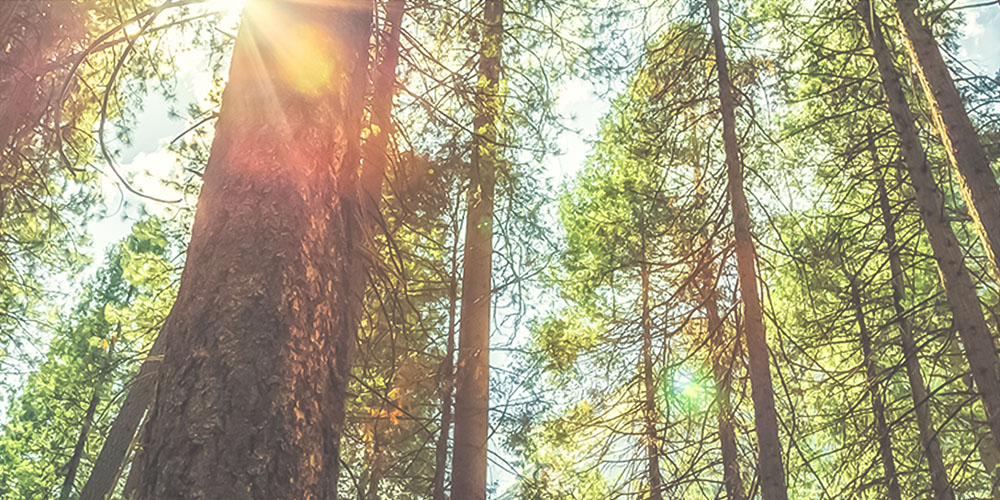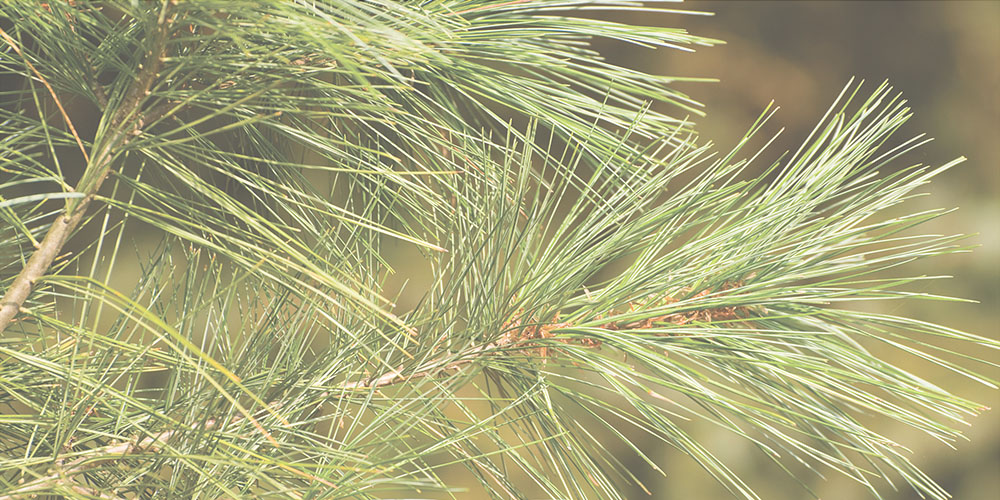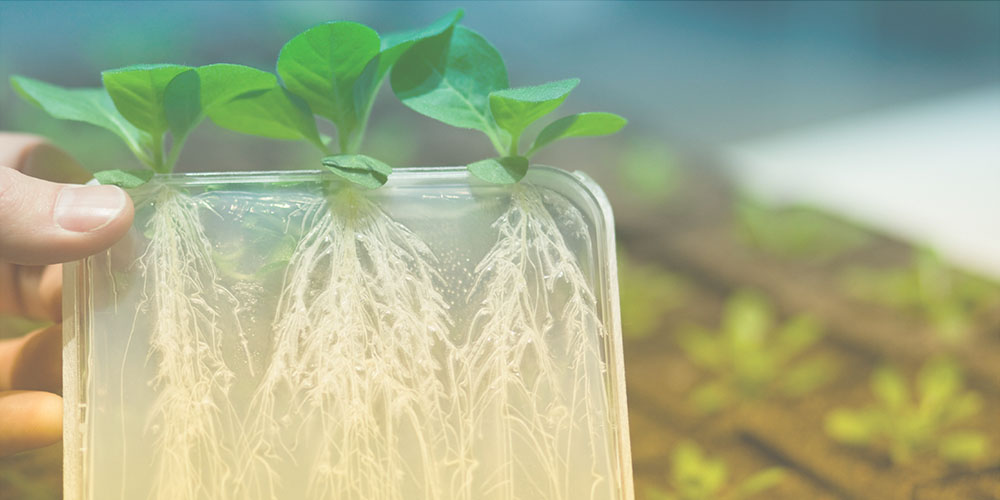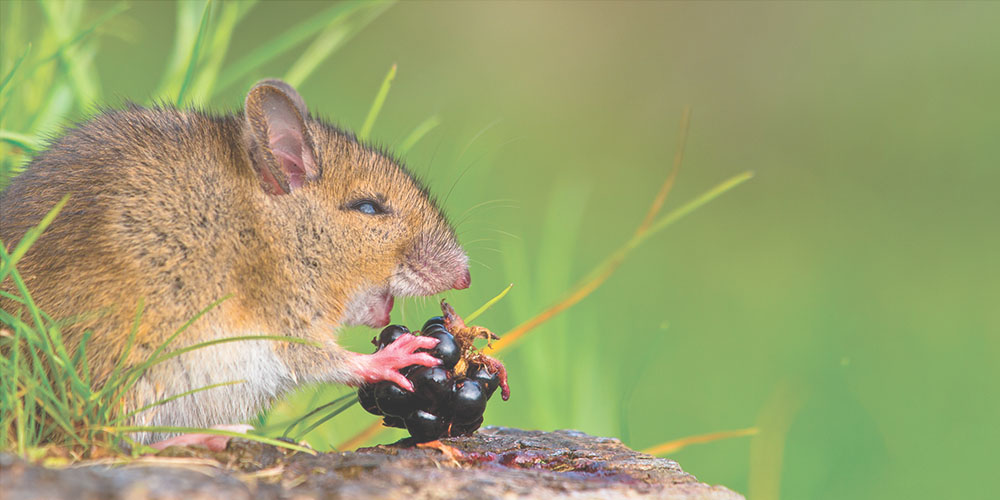Find Activities and Curriculum
Inspire young people connect with the environment through hands-on, multidisciplinary
activities for all
grades, settings and subject levels
Filter Selected:
Mapping Seed Sources
Students use growth data from loblolly pine forests to identify genetically different populations and project where trees with certain characteristics are likely to thrive in changing climatic conditions.
Managing Forest for Change
Students explore the connection between forests, climate change impacts, and management strategies for creating resilient forests, and then draw these connections in a system diagram, a tool that helps them see the system.
The Changing Forests
In small groups, students learn about research that is helping forest managers monitor and respond to climate change using new tools and management techniques.
Atlas of Change
Students use the online resources, the Climate Change Atlas from the US Forest Service to explain the effects of climate change on the future distribution of suitable habitats for forest types, tree species, and bird species in the southeastern US.
Clearing the Air
Students learn about the scientific evidence supporting climate change, use this information to evaluate and improve conclusions some people might draw about climate change, and participate in a role-play to negotiate solutions.
Stepping through Climate Science
Students create a timeline of climate science over the past 200 years and gather information from U.S. Forest Service video about climate mitigation and adaptation strategies for forests.
Land Manager Role Play
Students are challenged to apply what they’ve learned as they role-play being land managers. Students also gain skills in communicating and presenting scientific information.
Tree Value
Students participate in a field study as they identify, measure, and assess the health of trees. They calculate the dollar value and ecosystem services of the trees using the i-Tree Design tool.
Tree Benefits and Identification
Students become aware of the many products we obtain from trees, how we all depend on trees in our daily lives, and the value that trees provide to communities and the environment.
Forest Biotechnology
Students learn how traditional methods of artificial selection and modern methods of bioengineering have been used to improve the quality of forests products worldwide. Students investigate both the risks and benefits of genetically modifying trees.
Biotechnology and Human Health
Students simulate the spread of disease, learn about different types of vaccines and the controversies surrounding them, and explore how genetically engineered plants can be used to produce a new class of edible vaccines.
Bioremediation
Students learn how living organisms are used to process materials or produce certain results, and how modern bioengineering techniques are used to mimic natural processes for the cleanup of sewage, oil spills, and other environmental toxins.
Biotechnology and You
Students explore artificial selection and learn how advances in science are allowing increasingly specific methods of genetic manipulation in organisms. Students explore risks and benefits and concerns that affect what we eat and wear.
Potatoes, Pesticides, and Biodiversity
Students develop an understanding of some of the costs and benefits of using pesticides and of how those products affect biodiversity. They also research pesticides and learn about alternatives to the reliance on pesticides for growing potatoes.
Protected Areas: Issues and Analysis
By analyzing case studies and describing some of the challenges and conflicts, students learn about the importance to biodiversity of protected areas.




